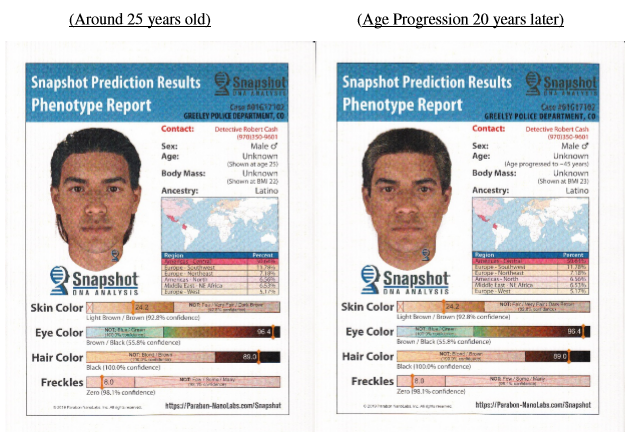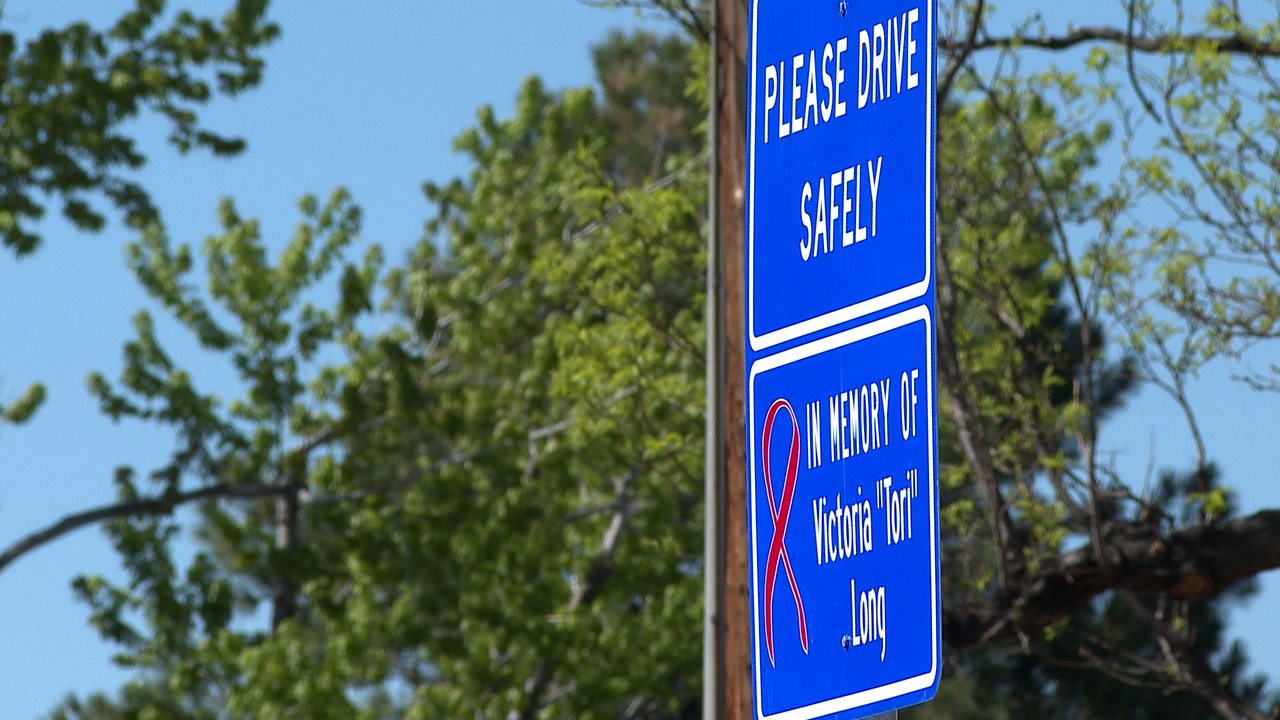GREELEY, Colo. (KDVR) — Greeley police are using a suspect’s DNA to create the man’s facial image in hopes of solving a 2001 cold case.
On Sept. 18, 2001 a 7-year-old girl was walking to school with her 10-year-old brother when she was kidnapped near the intersection of Fifth Avenue and 9th Street.
At the time, police told FOX31 a suspect described as a light-skinned Hispanic male in his 20s drove the girl four blocks away to an alleyway and raped her before letting her go.
“We didn’t stop thinking about this case from 2001,” said Greeley police Officer Rebecca Ries.

The case has remained unsolved despite the presence of male DNA collected from the crime scene.
Recently, Greeley police sent a sample of the suspect’s DNA to Parabon NanoLabs in Reston, Virginia. The technology company specializes in DNA phenotyping: the process of predicting a person’s physical appearance and ancestry from unidentified DNA evidence.
Scientists at Parabon NanoLabs can take a trace of DNA from blood, bone, semen or skin cells to recreate a person’s facial likeness.
“Sounds like science fiction but I can tell you it’s very real,” said Dr. Ellen Greytak, the director of Bionformatics at Parabon NanoLabs, before adding, “We’re focusing just on those traits that are written in your DNA.”

Greytak cautioned the facial images created by her company are not an actual photograph or exact replicas of the suspect but a snapshot prediction of someone’s facial likeness based upon DNA markers unique to each person.
Her lab has a webpage that shows images it created of a suspect’s likeness and how they compare to the actual suspect later caught by law enforcement.
“I think it’s been extraordinarily accurate and I think those cases are the best evidence for how powerful this technology is,” said Greytak.
In the case of the Greeley kidnapping and rape suspect from 2001, Parabon NanoLabs is able to create an image of what the suspect looked like in 2001 and today using age-progression technology. Police hope someone might recognize the suspect’s image, since his DNA has never been matched to a person in the nation’s criminal database.

“If they can see the picture of the suspect from 20 years ago and the age progression until now, it could help us solve this case,” said Ries.
The suspect was believed to have been driving a small car on the day of the assault, possibly a hatchback.
Tips can be forwarded to Greeley Police Det. Robert Cash at 970-350-9601.
“I hope that she can one day go to bed not having to fear that he’s still out there,” said Greytak.
